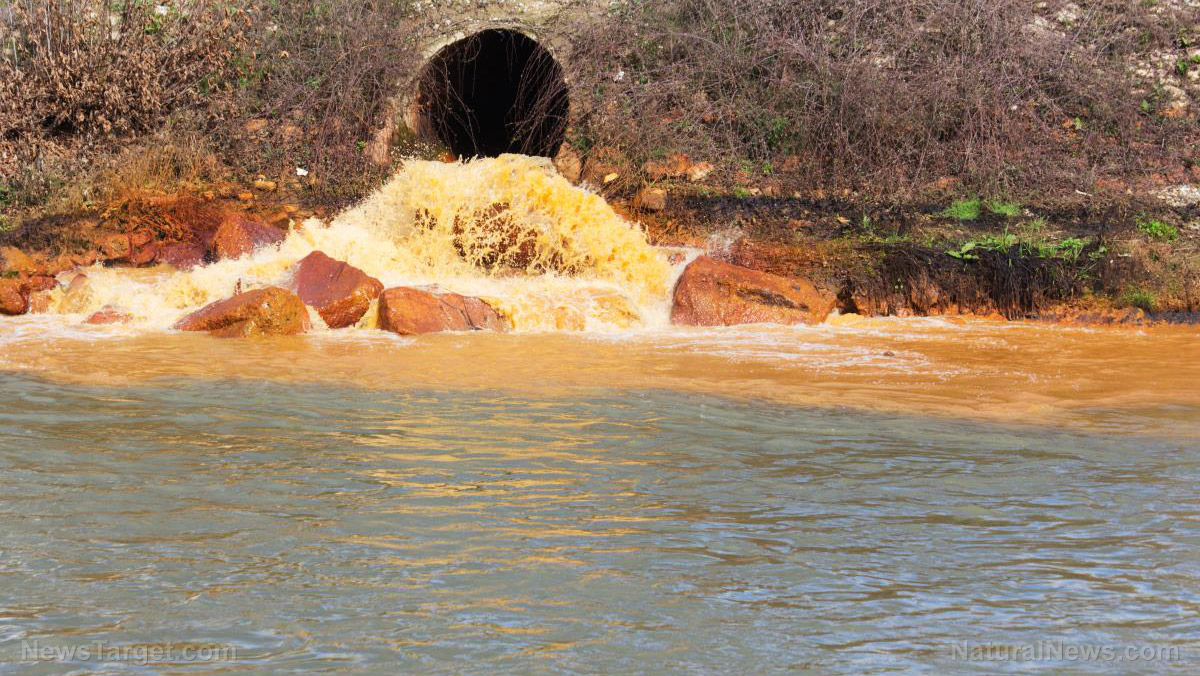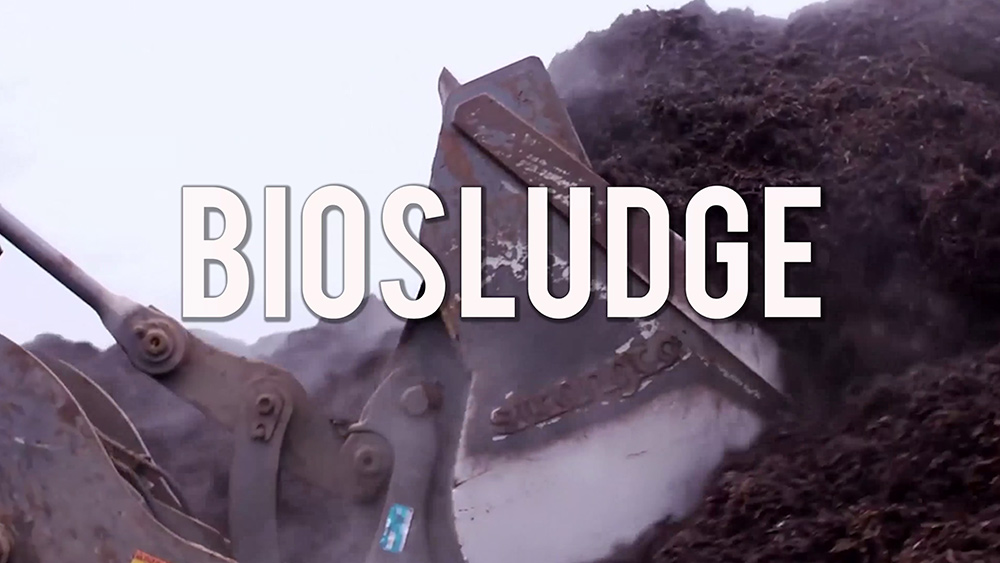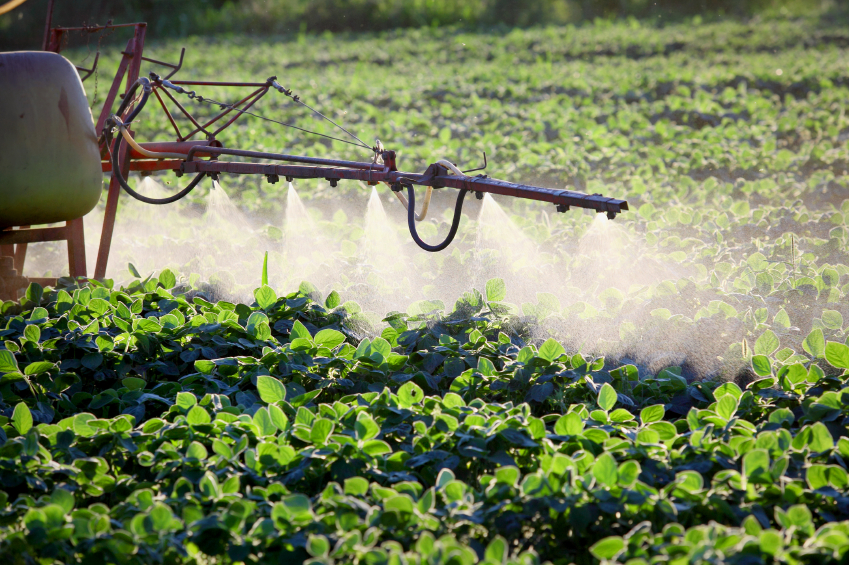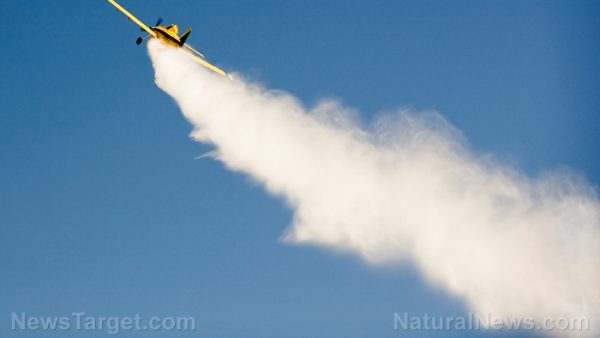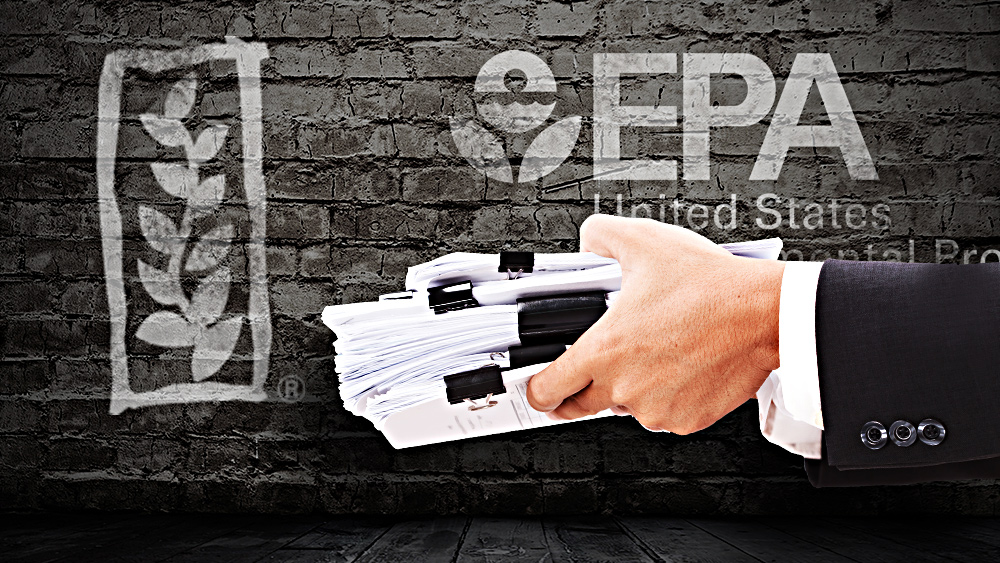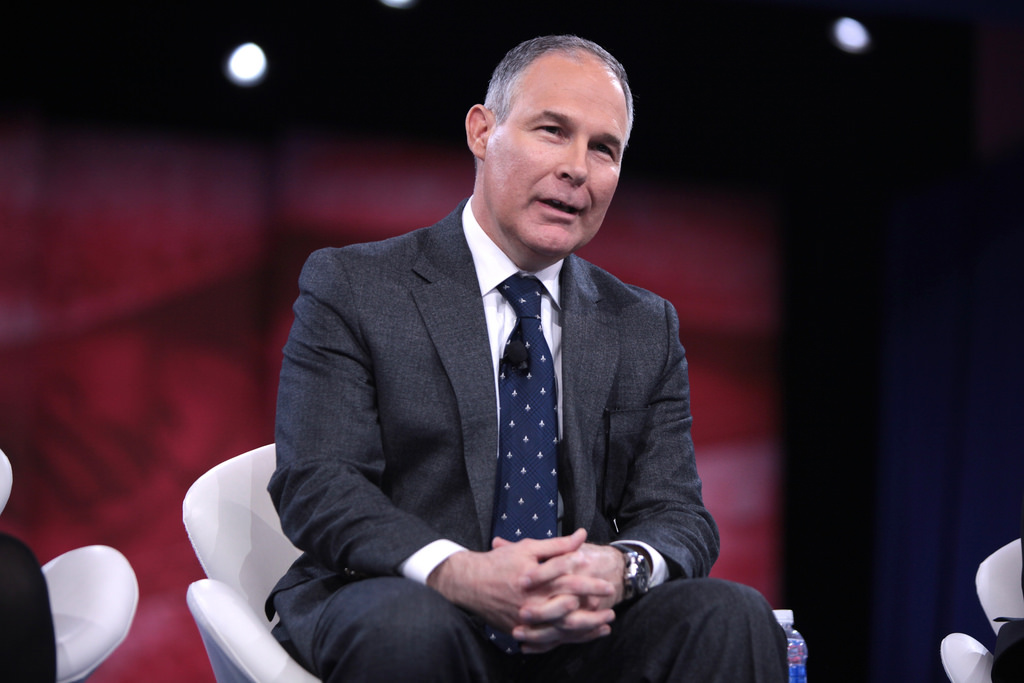EPA really is the Environmental POLLUTION Agency: GAO report blasts agency for openly allowing contamination of water aquifers
05/06/2016 / By epanews

Surprise! The Environmental Protection Agency is not actually protecting underground drinking water supplies (one of its primary functions) from contamination by oil fields and, in a number of instances, has actually allowed companies to dump dirty wastewater into aquifers, according to a newly released report by the federal government’s watchdog agency
According to the report from the Government Accountability Office, investigators singled out lax EPA oversight in California, where the dumping of wastewater into some drinking water aquifers was routinely permitted by local officials.
In addition, the GAO examined EPA operations around the country, before coming to the conclusion that federal regulators have failed in their duty to collect paperwork and make on-site inspections that are necessary to make sure that states are following and enforcing provisions of the federal Safe Drinking Water Act, especially as it pertains to oilfield operations.
“The takeaway overall is that the EPA doesn’t collect and states don’t provide the information for the EPA to exercise the oversight that’s its job,” Kassie Siegel, senior counsel at the Center for Biological Diversity, one of the environmental groups critical of state and federal regulation of oilfield waste and drinking water, told The Associated Press.
“It shows a massive failure to protect our drinking water,” Siegel added, focusing on the failures in California.
Eleven underground aquifers – in the midst of a drought
The GOA, in its report, noted:
The Environmental Protection Agency (EPA) has not collected specific inspection and complete or consistent enforcement information, or consistently conducted oversight activities, to assess whether state and EPA-managed Underground Injection Control (UIC) class II programs are protecting underground sources of drinking water. EPA guidance calls for states and EPA regions to report certain information and for EPA to assess whether programs are effectively protecting underground sources of drinking water, but the agency does not.
The review, which was released last month, made an example of California, which is the country’s No. 3 oil-producing state, noting that federal and state regulators have acknowledged since at least 2014 that oilfield operations sanctioned by state officials were violating federal safe-drinking water rules.
Included among the list of violations were instances where oilfield companies were dumping wastewater into at least 11 underground aquifers that were supposed to be under protection of federal laws, and were potential drinking water sources.
The violations are even more impactful when you consider the state of drought California has been living under for the past four years.
An AP analysis in 2015 “cited more than 2,000 permits California had given oil companies to inject into federally protected drinking water reserves,” the newswire reported, adding that the analysis also discovered that the granting of those permits had sped up since 2011 under Gov. Jerry Brown, though state officials said that they thought the dates on the permit information were incorrect.
Oh, we’re on it – now
In a statement, the EPA said that generally speaking, it agreed with the GAO findings, and would now be implementing measures to improve the collection of data as well as oversight. Kelly Zito, a spokeswoman for the agency, said that the recent resignation of EPA Regional Administration for California, Jared Blumenfeld, had nothing to do with the oilfield wastewater issues or the GAO’s report.
The AP also noted that California’s oil regulators said an overhaul of their enforcement of safe drinking water laws, as well as the oil and gas industry, was “well underway.”
Overall, “California is ahead in reforming its underground injection program compared to other states,” Teresa Schilling, assistant director of the California Department of Conservation, said, as reported by the AP.
Oilfield operations nationwide are of concern. The operations produce massive amounts of a briny fluid, as well as other waste, which is often disposed of by injecting it back underground. The problem is, it can obviously leach into drinking water aquifers.
“State and federal law regulate how the oil companies do that, with the goal of protecting naturally occurring underground water aquifers pure enough to potentially one day be tapped for drinking water or irrigation,” the AP reported.
Keep up with all of the EPA’s failings at EPA Watch.
Sources:
Tagged Under: Aquifer Contamination, EPA


